Effective rubber planting model in Lia commune - Photo: KS
Under the wise leadership of the Party and President Ho Chi Minh, during the two resistance wars against France and the US, the people here wholeheartedly followed the revolution, united with the ethnic groups across the country, ready to sacrifice, stood up to fight for independence, freedom and peace for the nation. Many revolutionary soldiers who were ethnic minorities heroically sacrificed; many were honored by the Party and State with the titles of brave American-killer, Resistance Medal, Glorious Soldier... as examples for the younger generations to follow in peacetime.
Responding to the campaign of land reclamation, restoration, and promotion of sedentarization (1954-1973), ethnic groups in Huong Hoa in general, and A Xing and A Tuc communes in particular, competed in production, appropriately exploited forest products, reclaimed land for production, maintained and developed traditional occupations to create many types of goods to exchange with people in other localities. Thanks to that, this land gradually eliminated hunger and reduced poverty.
After 1975, implementing the Party and State's renovation policies and guidelines, with the determination to overcome difficulties and turn barren hills into potential economic development, the people here gradually reclaimed and renovated the land to develop production, gradually eliminating backward production methods, especially slash-and-burn cultivation. They boldly converted crops and livestock, and applied scientific and technical advances to production. Thanks to that, this land was very successful in implementing the district's policy of building specialized crop areas with two new crops: rubber and cassava. People also expanded forestry planting to both increase income and preserve the forest.
Some irrigation works were built. Since then, the commune has focused on developing wet rice to replace upland rice, while developing other food crops and fruit trees. Taking advantage of the vast hilly land and abundant natural food sources to develop livestock farming. Taking advantage of the support of the State as well as non-governmental organizations in terms of preferential capital, seedlings, scientific and technical knowledge, etc., people have boldly built comprehensive economic models that bring in good income, and established cassava growing clubs of 100 million/year. The agricultural economy has thus developed more and more sustainably. In 2020, Lia commune was merged from 2 communes A Xing and A Tuc.
Veteran Ho O, residing in A May village, Lia commune, used to be a militia transporting goods and ammunition on the battlefield in Quang Tri province. In 1975, when he returned to his village, he was always concerned about how to make a living to help his village improve its life. That is why he volunteered to participate in building the local government after liberation. He was a key leader of A Xing commune (old), a member of the Huong Hoa district Party Committee for 4 terms. Mr. Ho O has contributed significantly to the change in the ethnic minority area here. In his mind, he still clearly remembers the desolation of the entire Lia area of 7 communes in the south of Huong Hoa 50 years ago.
Pa Ko people living in neighboring Lao district returned to their homeland, not familiar with the way of doing business, so crop productivity was low, leading to hunger all year round. Transportation was difficult, travel was difficult, the economy was mainly self-sufficient.
Looking at the changes in the village today, Mr. Ho O could not hide his joy: “Under the leadership of the Provincial Party Committee, District Party Committee, Commune Party Committee, the efforts of the government, socio-political organizations and local people, Lia commune has had remarkable development like today, I am extremely happy. As resilient as we were during the resistance war, we also need to be resilient in rebuilding our homeland in peacetime. I myself, together with the local people, have joined hands to contribute to building our homeland, bringing a new face to the village like today”.
Up to now, the total annual crop area of the commune is more than 1,000 hectares, of which rice is more than 111 hectares, other annual crops are nearly 900 hectares. The area of perennial crops is more than 200 hectares, of which fruit trees are nearly 50 hectares. Rubber, boi loi and cajuput trees are nearly 400 hectares. The total livestock herd is nearly 8,000. All indicators have increased gradually over the years and far exceeded the first year of joining the commune. The rural traffic system has been gradually invested in and built, creating favorable conditions for travel and trade of goods. Thanks to that, many households have boldly expanded their businesses and services to increase their income.
Total average income per capita reached 12 million VND/person/year (an increase of 3 million VND); poor households decreased from 72% to 59% compared to 2020. People's cultural life is increasingly interested, especially the commune does a good job of preserving ethnic cultures. Up to now, Lia commune still preserves and maintains a number of unique festivals, such as A rieu ping, A za... Forming and maintaining well the activities of clubs: traditional weaving, gongs, traditional arts of the commune. Many artisans still hold and have the ability to pass on intangible cultural heritage...
Assessing the remarkable development of the locality in many fields, Secretary of the Party Committee of Lia commune Ho A Duoc said: “The development in all aspects of Lia commune today is the tradition of solidarity, the unyielding will to not be afraid of hardship of the ethnic minorities in this land with a long revolutionary history that has been promoted. Thereby, contributing to changing the skin and flesh of this remote, extremely difficult, border commune”.
Ko Kan Suong
Source: https://baoquangtri.vn/buoc-chuyen-minh-o-mot-vung-que-cach-mang-193313.htm


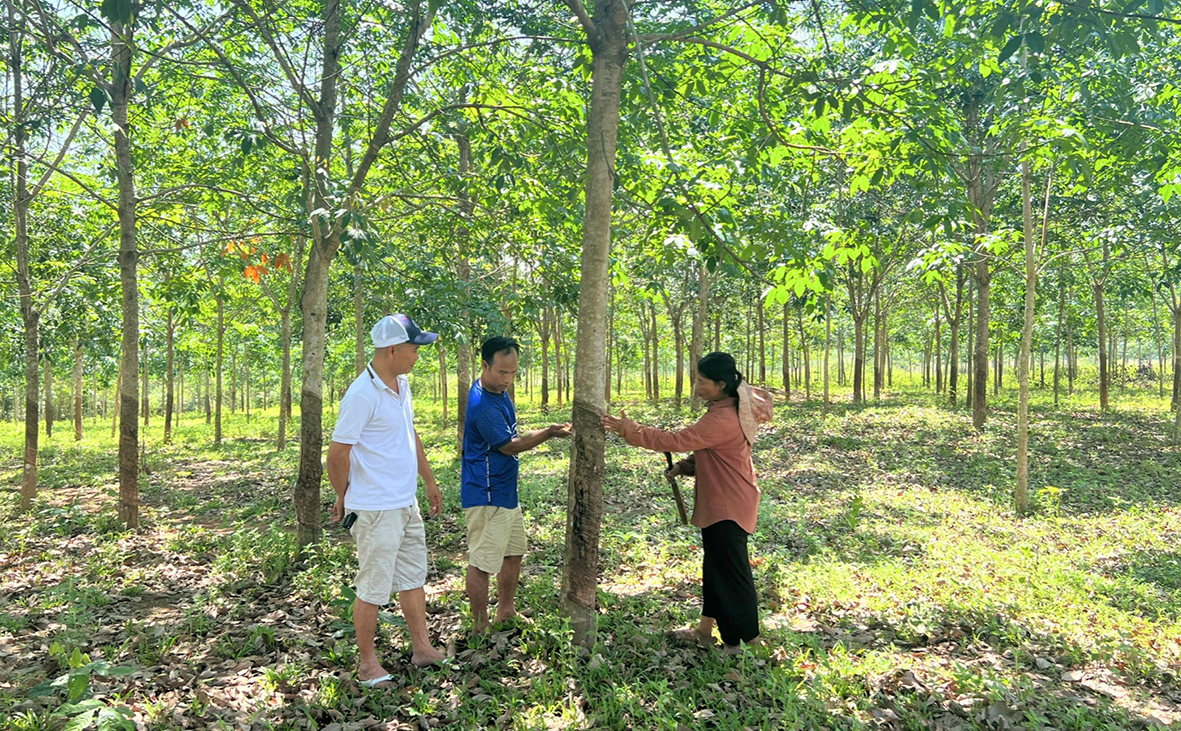
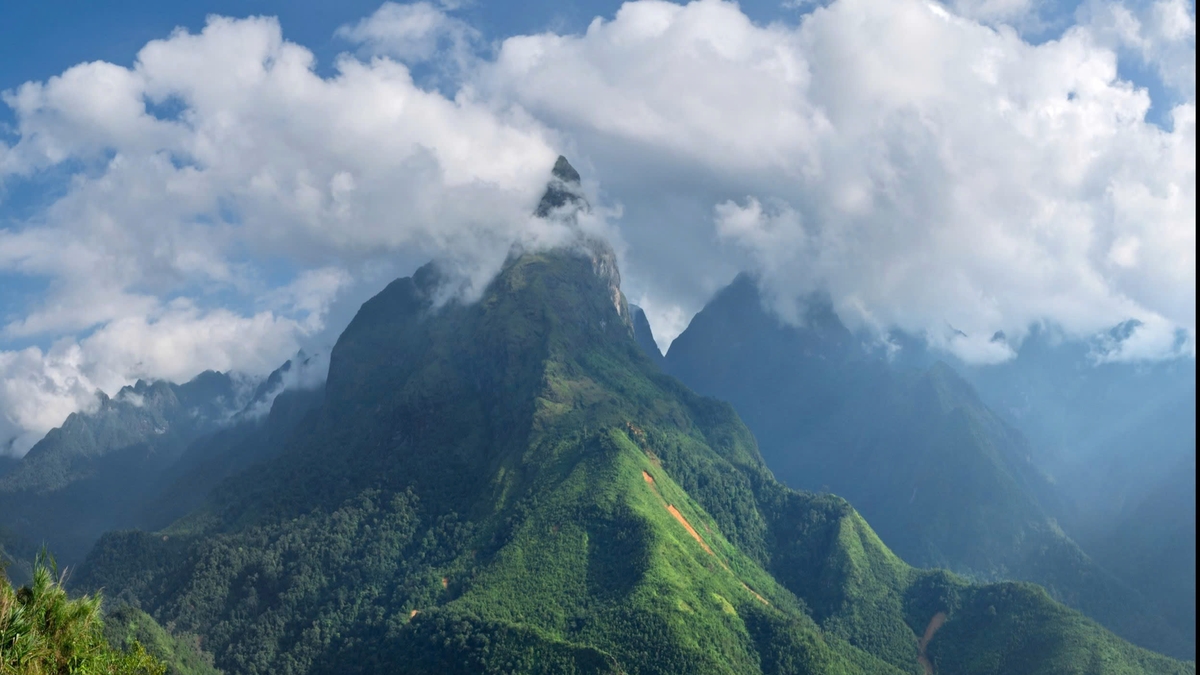
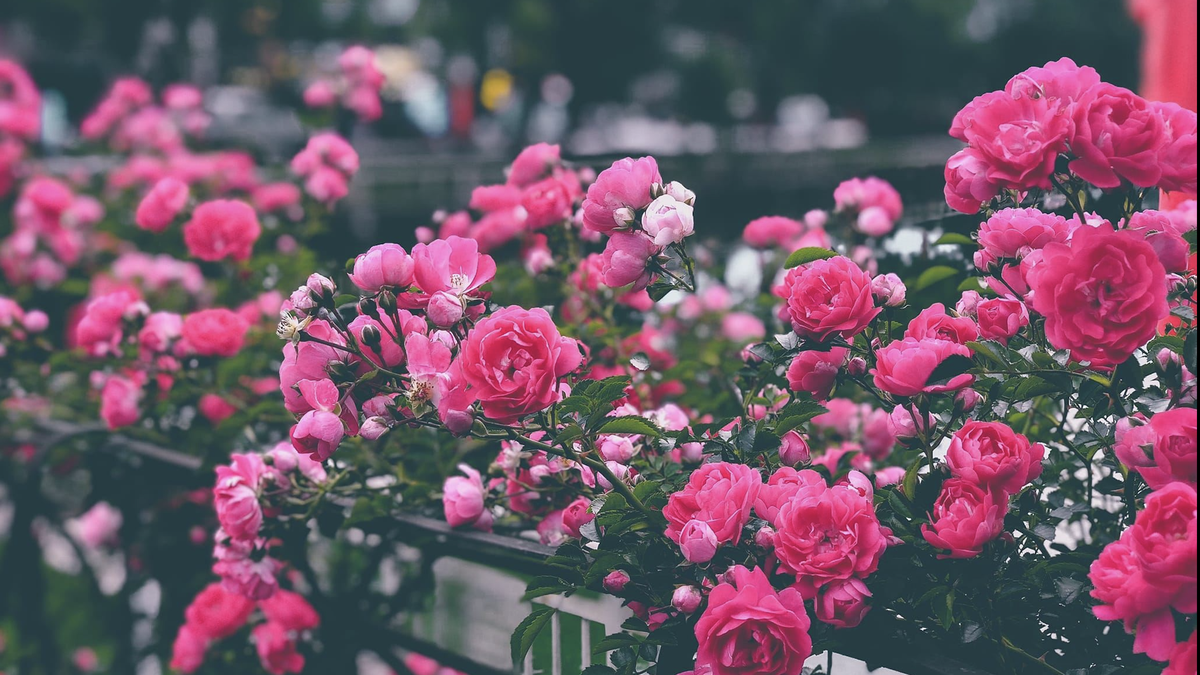
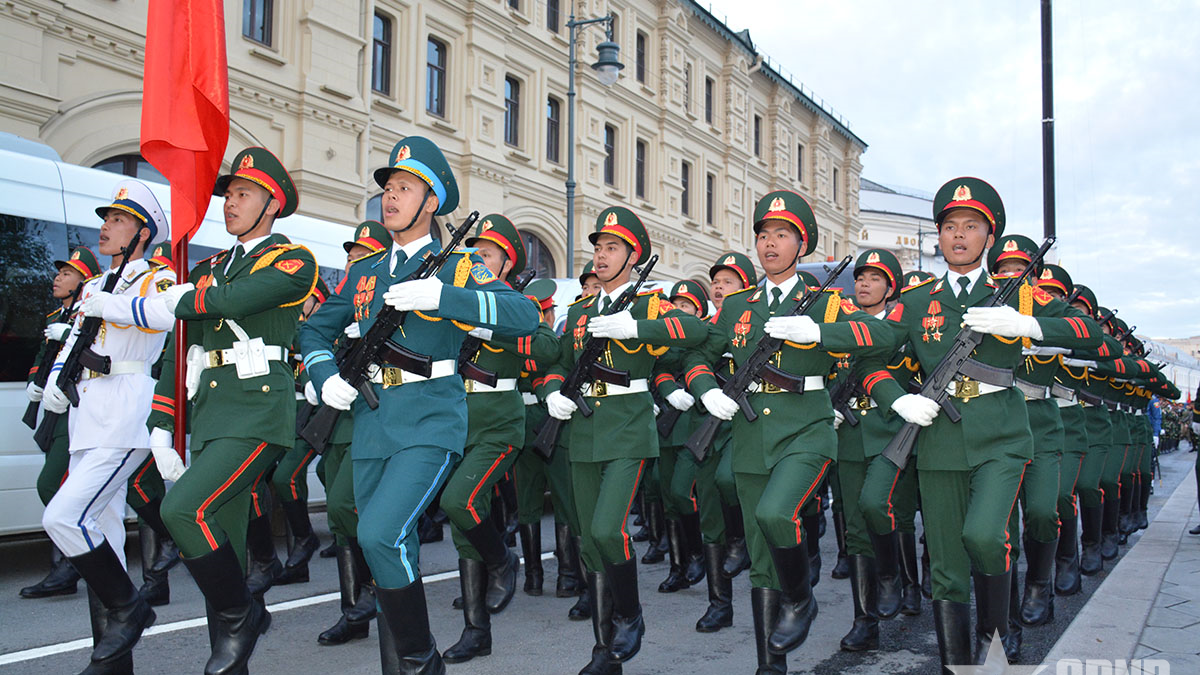
![[Photo] Bus station begins to get crowded welcoming people returning to the capital after 5 days of holiday](https://vphoto.vietnam.vn/thumb/1200x675/vietnam/resource/IMAGE/2025/5/4/c3b37b336a0a450a983a0b09188c2fe6)
![[Photo] Vietnam shines at Paris International Fair 2025 with cultural and culinary colors](https://vphoto.vietnam.vn/thumb/1200x675/vietnam/resource/IMAGE/2025/5/4/74b16c2a197a42eb97597414009d4eb8)
![[Photo] General Secretary To Lam receives Sri Lankan President Anura Kumara Dissanayaka](https://vphoto.vietnam.vn/thumb/1200x675/vietnam/resource/IMAGE/2025/5/4/75feee4ea0c14825819a8b7ad25518d8)











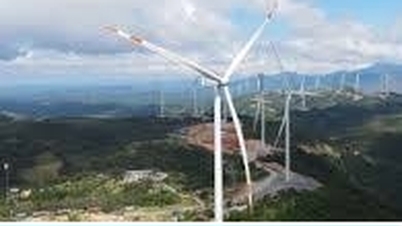

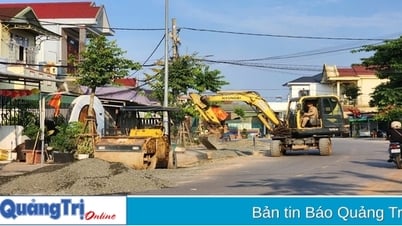

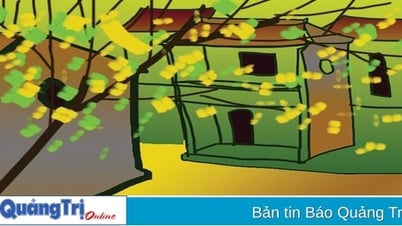
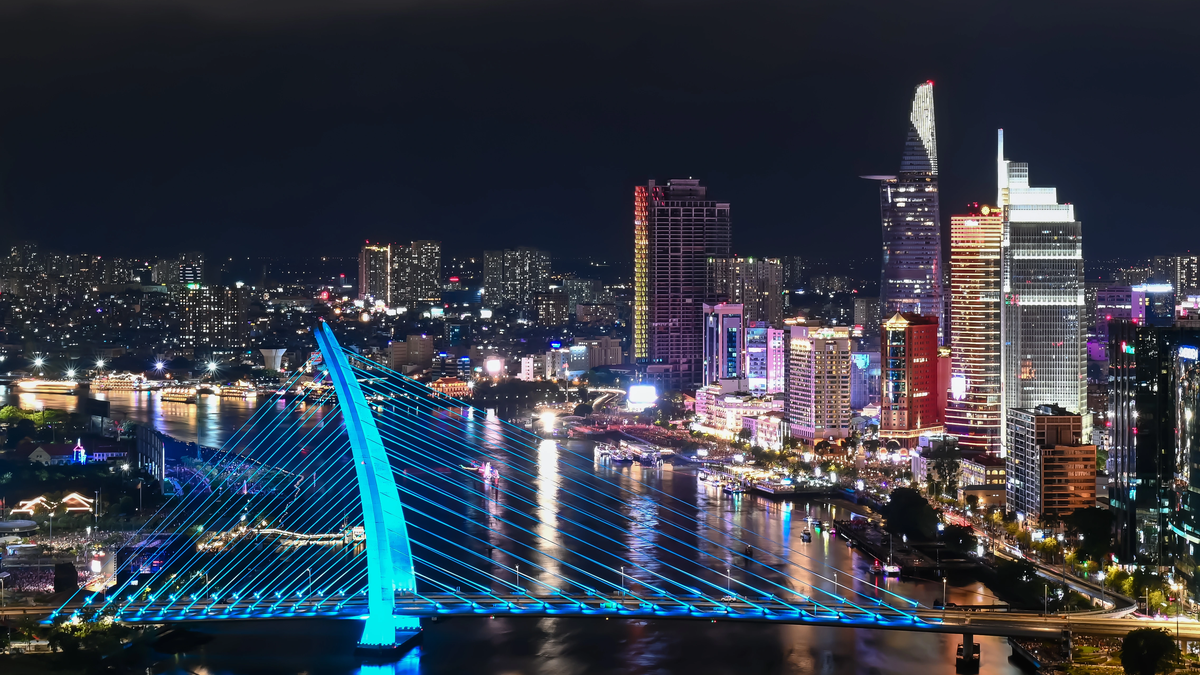



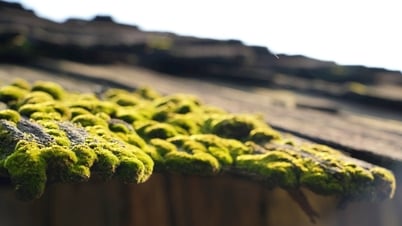





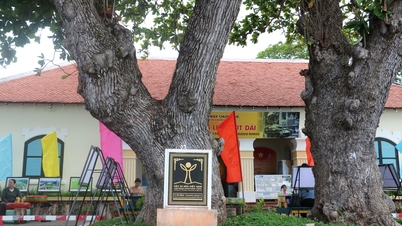

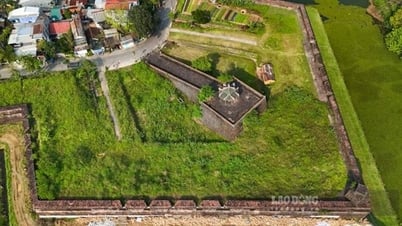

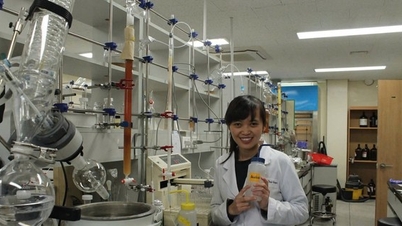


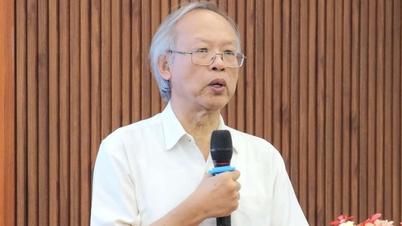

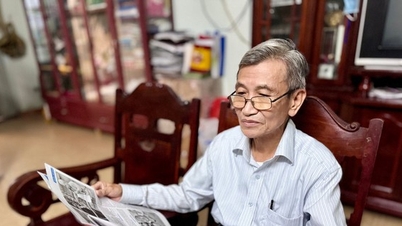
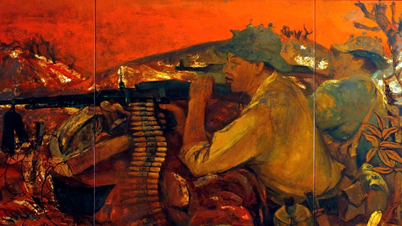



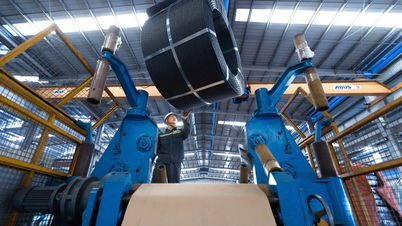

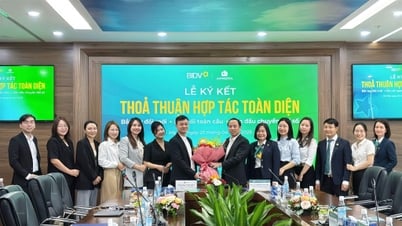

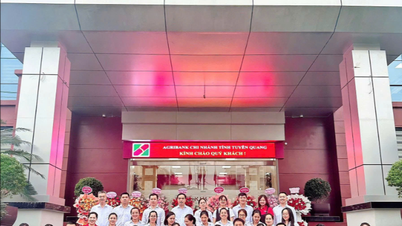


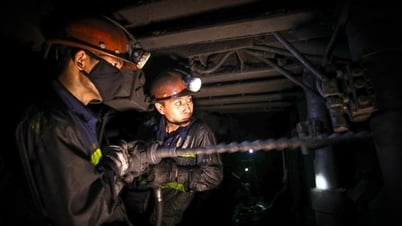


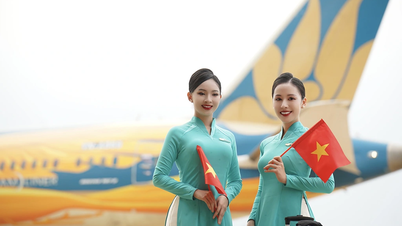
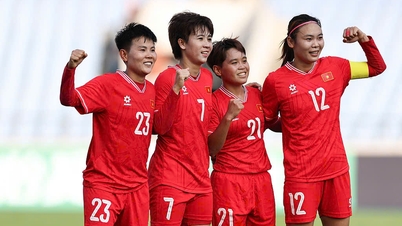






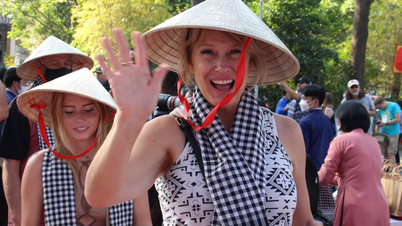



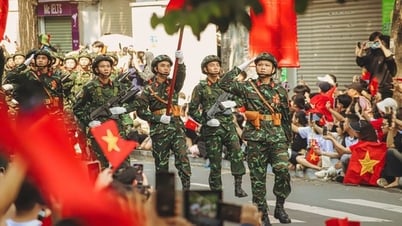
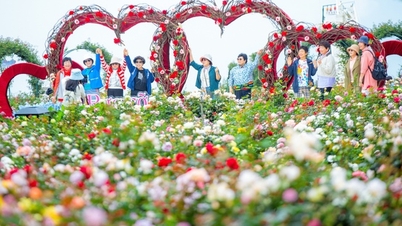
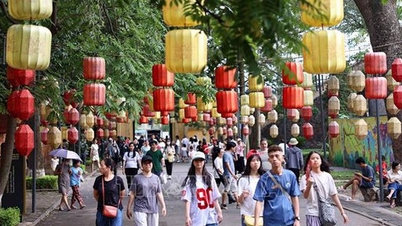
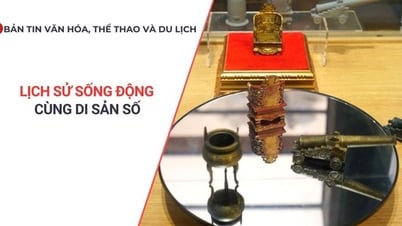













![[Video]. Building OCOP products based on local strengths](https://vphoto.vietnam.vn/thumb/402x226/vietnam/resource/IMAGE/2025/5/3/61677e8b3a364110b271e7b15ed91b3f)

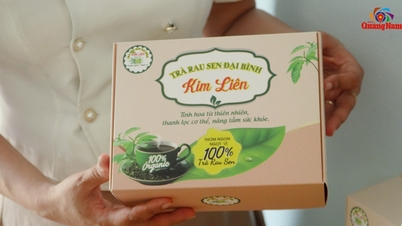


Comment (0)